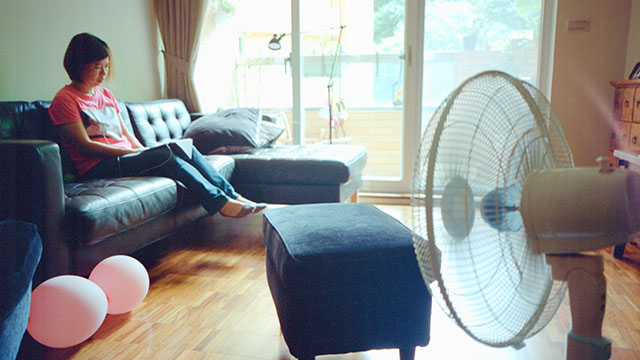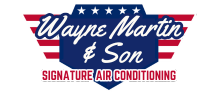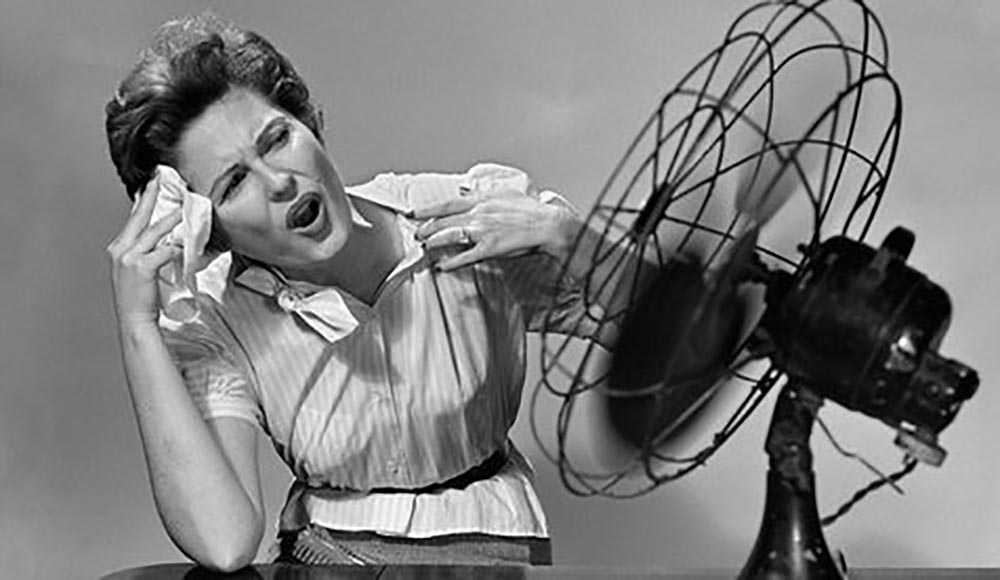July is one of the hottest months we get here in Southwest Florida, and one of the calls we get the most often during this month is, “ugh, that one room in my house is always hotter than the others!” Cooling down that one hot room are the major complains.
We know you know what we’re talking about. That one darn room that still feels 10 degrees hotter than everywhere else in the house, even though you’ve been playing with the thermostat, and lowering the temperature to the point where the rest of the house feels like an ice-box. There could be a number of reasons this is happening, but let’s take a look at just a few common issues that may be causing it.
First, let’s take a look at exactly how your air conditioner actually cools your home. A lot of people think their air conditioner is simply blowing cold air into the room and that makes the room cool. But there is more at work here actually, because air conditioners both remove warm air, and then replace it with cold air. There are return air vents in your home and supply vents. The return vents suck in the warm air from the room, send it through a series of ducts to your cooling system, which then cools or “conditions” that air and sends it through your ductwork, and back out through the supply vents.
Many AC companies make the common design mistake of mismatching the supply and return sides of the duct system. Typically, there is a lack of return vents where they are needed in the home. This can make individual rooms too hot or too cold, and it can cause a leakage of conditioned air into the attic or the outdoors, causing inefficiency in the system. Inadequate return air vents seriously limit both air-flow rates and also the degree to which the air is cooled by the HVAC system.

Tips for Cooling Down that one Hot Room:
Here are some easy ways you can check to see if your system is not getting enough return air. You can do some of this on your own if you are a DIY kind of person, and just call us if you discover something’s wrong. Or we can easily come take a look at your system for you.
- First, check to see if there are an inadequate number of return air inlets and see if those vents are in the wrong places. If there is only a single air return inlet, where is it located? Air inlets located outside the room mean that if the room’s door is closed and not under-cut, cooling capacity in that room will be reduced. Is the return vent isolated from some rooms in the building if the doors to those rooms are closed? To understand the effect of a room that has only air supply vents and no return or inlet vents when the room door is shut, just imagine the air conditioning having to blow air into a pressurized space. It does not work well. Also, if the inlet is placed too close to the air outlet, then it’s merely recycling the already-cooled air coming out of the outlet vent.
- Look at the size of the vent in relation to the air handler: Is the return air inlet vent size (length x width) smaller than the cross section of the air inlet end of the air handler or blower assembly? A mismatch in return air inlet grille or duct size will reduce the system’s effectiveness. It needs to be pulling in at least as much warm air as the outlet is pushing out cold air.
- Look to see if there were prior attempts to “improve” return air such as holes cut into an existing return air duct, or worse, openings cut to admit more “makeup” air into the air handler from an un-conditioned space such as an attic or crawl area. This will require that you go into the attic and look at the ducts there.
- Test the actual air-flow at the vent: It is simple to test for air movement at the return air inlet. Just hold a tissue or piece of toilet paper near the vent’s grille face. If air is moving into the grille, the tissue will be pulled against the opening. If that’s not happening, there may be something blocking the grille, or something in the duct, and you should call us immediately in that case.
If you’ve found some problems once you looking into these four things, or again, if you want us to come out and take a look ourselves, our techs at Wayne Martin & Son will investigate the problem and get your home cool in no time! Call us at 239-462-4068.

